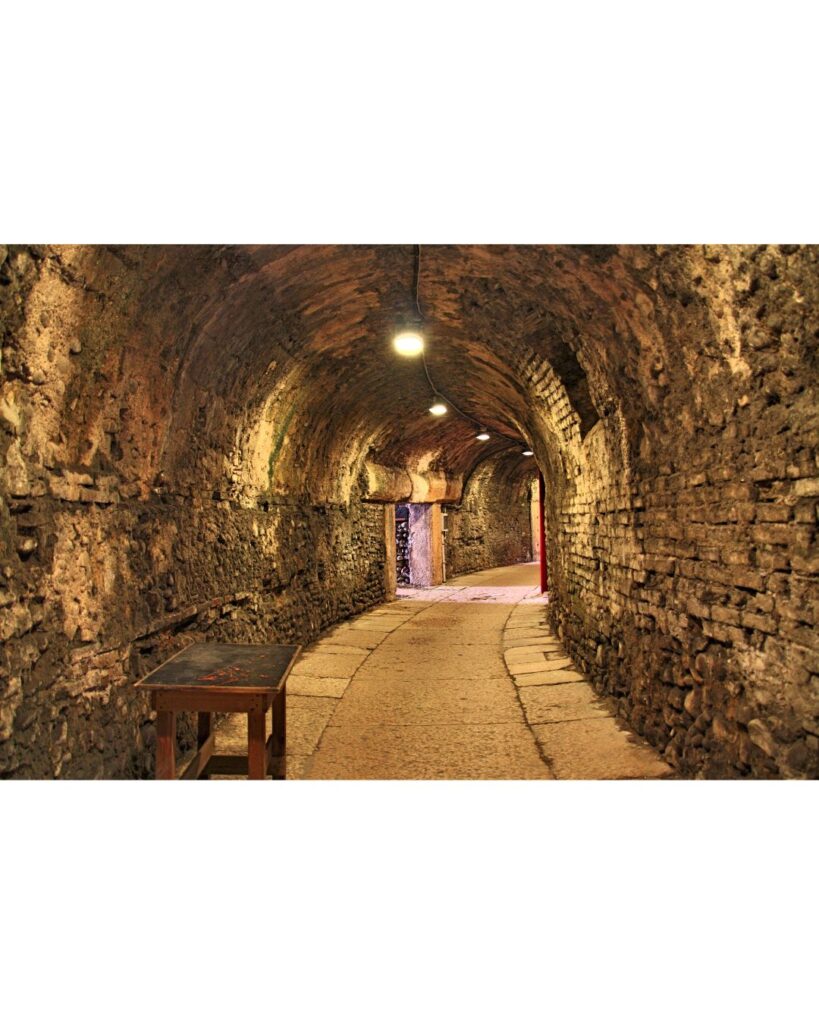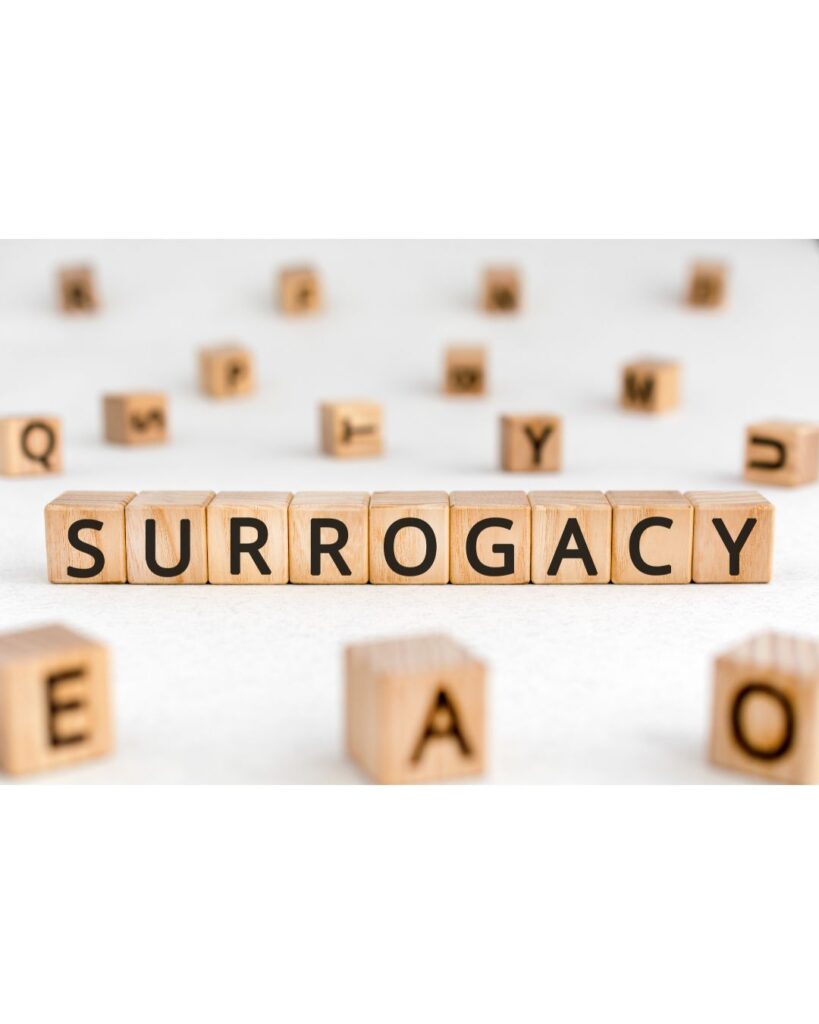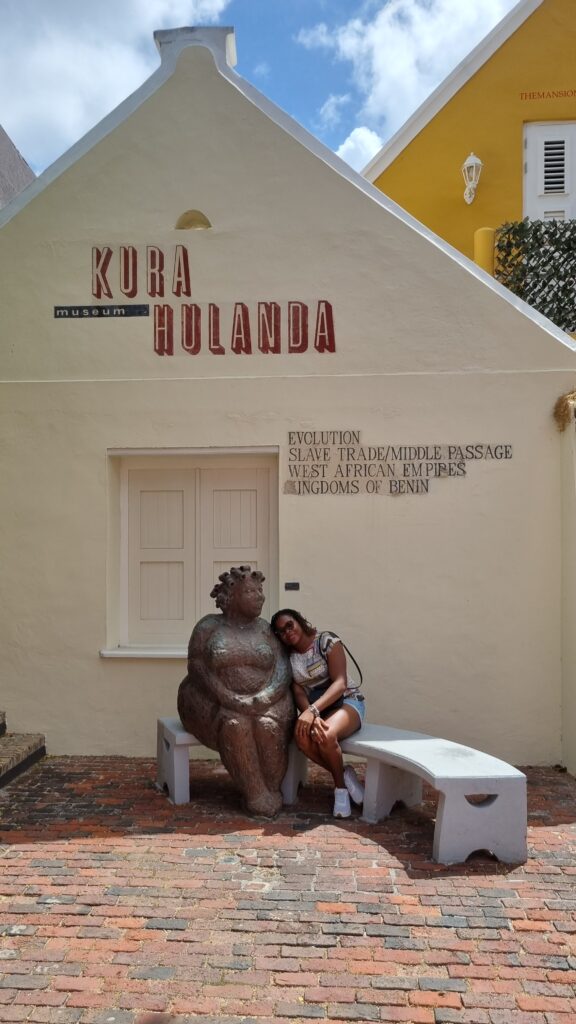A Journey Beneath the Surface
I’ve come to realize that no matter where you go in life, there will always be stories that echo something familiar, tales that stir memory, provoke thought, and awaken buried truths.
While in Peru, I took a guided tour through Lima that led me to the famed Basilica and Convent of San Francisco. Its architecture is stunning, and the museum offered a rich window into the early Catholic Church in Peru. But the catacombs beneath, those left a lasting impression.
Buried under the basilica are the bones of an estimated 25,000 souls, mostly clergy and elite members of society. Long before these cemeteries were banned in 1810, it was believed that the closer you were buried to the altar, the greater your chances of entering heaven. That idea, a proximity to holiness even in death, struck a chord.
Echoes from Home
As the tour guide explained this belief, my thoughts wandered homeward, to Eastern Nigeria, where the Igbo people bury their dead in ancestral compounds. It’s more than tradition, it’s communion. Ancestors were honored. It is common to acknowledge ancestors at the breaking on kolanut. There is also the ritualistic act of pouring gin on the ground that honours ancestors. Death doesn’t sever bonds; it deepens them.
In contrast, those who committed taboos were banished in death, laid to rest in the dreaded “evil forest,” their memories silenced. Among the Bonny people, I remembered a tragic boat mishap that claimed the lives of friends. Their bodies couldn’t return home, Bonny tradition forbids the burial of those who drown on its land. So they were interred in Port Harcourt instead. Even in mourning, tradition speaks.
Vultures and Bats
Standing in the dim catacombs, staring at skulls and bones stacked neatly in crypts, I felt the weight of history. But even more haunting were the vultures circling the roof outside. Eerie. Watchful. As though guarding centuries of the dead.
It reminded me of Benin City, where bats circle the Oba’s palace at precise times each day. I used to think of them as mere animals. Now I wonder, are they watchers too? Are they reminders that the past still breathes through us?
Death, Then and Now
In ancient Egypt, pyramids were built to prepare for the afterlife. Tombs were bought ahead of time, like the one Jesus would later be buried in. When did death become frightening?
Among my people, as Catholicism took hold, death gained a new dimension. It wasn’t just about resting among ancestors; it was about reaching heaven. The dying sought last-minute forgiveness, summoning priests to hear confessions, administer the Eucharist, and even baptism. A sinner might die with a saint’s name like Paul. Sometimes they died right after. Sometimes they didn’t, and I imagine the awkwardness that followed.
My Grandfather’s Wisdom
My grandfather, a Christian and proud custodian of tradition, often quoted Lord Tennyson:
“The old order changeth, yielding place to new,
And God fulfils himself in many ways,
Lest one good custom should corrupt the world.”
He was torn, I think, grieving the erosion of old ways, but embracing the hope new ones offered. Change frustrated him, but he understood it was inevitable.
A Prayer for the Dying
From vultures circling Peru’s catacombs to bats in Benin, from bones beneath churches to ancestral compounds in Igboland, I see it clearly now: the rituals may differ, but the longing is the same. Peace. Memory. Continuity.
We all want to be remembered. We all want to go home.
And so, I say a prayer, for those buried close to their roots, and for those who never made it back.






